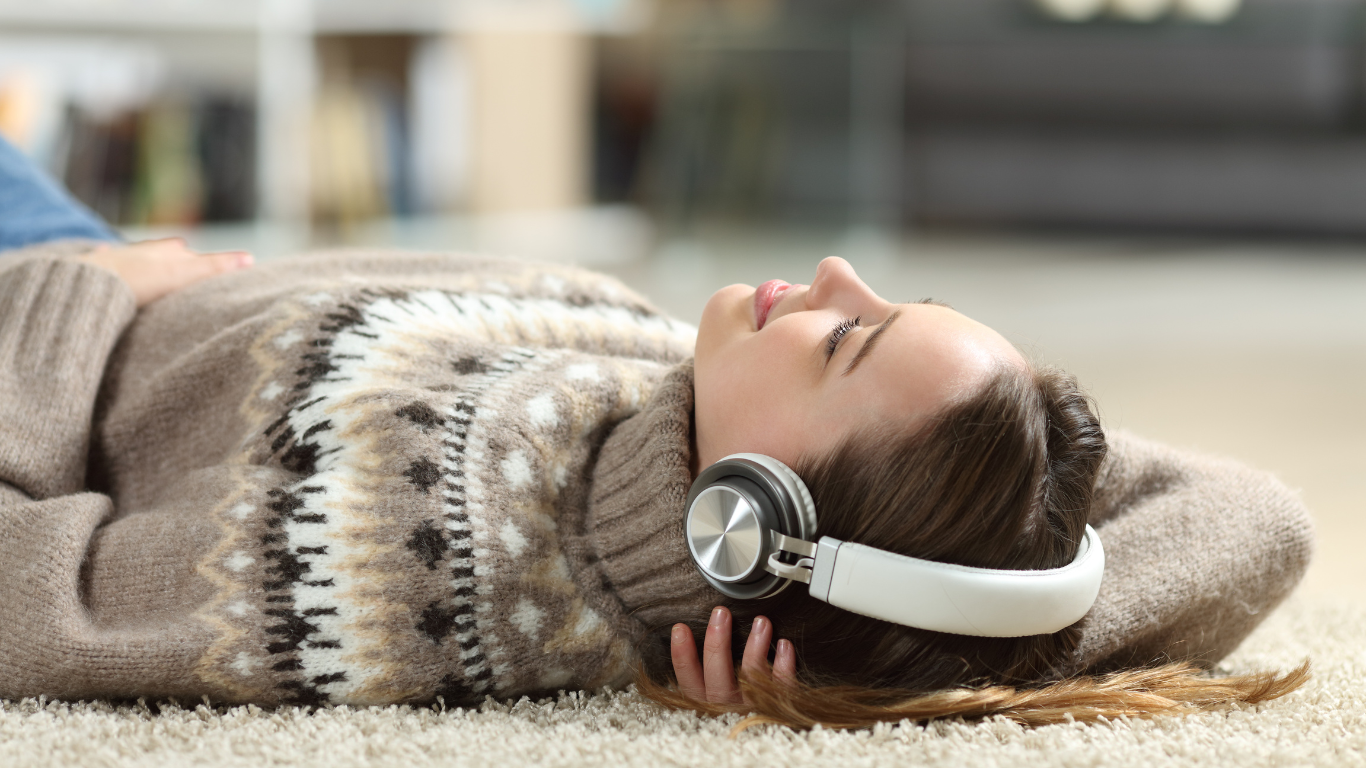Adolescent Seasonal Affective Disorder (SAD): What to Know and How to Help

With shorter days, colder weather, and the absence of sunshine, winter can be a tough season for many teens and can lead to feelings of sadness, lethargy, and isolation. This phenomenon, often referred to as the “winter blues,” can sometimes escalate into a more serious condition known as Seasonal Affective Disorder (SAD). If your teen has been feeling unusually down during the colder months, it’s important to take steps to help them navigate this challenging time. Here’s a comprehensive guide to combating the winter blues and SAD, tailored for both teens and their caregivers.
Understanding the Winter Blues and SAD
Teen Seasonal Affective Disorder is a type of depression that follows a seasonal pattern, most commonly occurring in the late fall and winter. While anyone can experience SAD, teens may be particularly vulnerable due to hormonal changes, academic pressures, and social dynamics. Symptoms of SAD can include:
- Persistent sadness or low mood
- Fatigue and low energy levels
- Difficulty concentrating
- Changes in sleep patterns (either sleeping too much or too little)
- Cravings for carbohydrates and weight gain
- Withdrawal from social activities
If your teen is experiencing these symptoms, it’s crucial to approach the issue with empathy and understanding. While the winter blues may pass on their own, SAD often requires proactive intervention.
Tips for Teens to Combat the Winter Blues
- Embrace Natural Light: Spend as much time as possible outside during daylight hours. Even on cloudy days, exposure to natural light can improve mood and energy levels. If it’s too cold to go outside, try sitting near a window to soak in some sunlight.
- Stay Active: Regular physical activity is a proven mood booster. Try activities like yoga, dancing, or indoor workouts if it’s too chilly to exercise outside. Even a short walk can make a difference.
- Maintain a Consistent Routine: Having a regular sleep and wake schedule helps regulate the body’s internal clock, which can alleviate symptoms of SAD. Avoid staying up too late and sleeping in excessively on weekends.
- Focus on Nutrition: A balanced diet can have a significant impact on mood and energy. Aim for meals rich in fruits, vegetables, lean proteins, and whole grains.
- Stay Connected with Loved Ones: Isolation can worsen feelings of sadness. Make an effort to spend time with friends and family, even if it’s just a virtual hangout. Talking to someone you trust about how you’re feeling can also be incredibly therapeutic.
- Try a New Hobby: Winter is the perfect time to explore a new interest or skill, like painting, cooking, or learning a musical instrument. Having a creative outlet can provide a sense of purpose and accomplishment.
- Use a Light Therapy Box: Light therapy boxes mimic natural sunlight and can be a highly effective treatment for SAD. Use one under the guidance of a healthcare professional to ensure it’s safe and effective for you.
- Practice Mindfulness and Relaxation Techniques: Meditation, deep breathing exercises, and mindfulness practices can help reduce stress and improve emotional well-being. Apps like Headspace or Calm can provide guided sessions tailored for teens.
How Parents Can Support Their Teens
As a parent, your role in helping your teen navigate the winter blues is crucial. Here are some strategies to provide the support they need:
- Recognize the Signs of SAD: Pay attention to changes in your teen’s behavior, mood, and energy levels. If their symptoms persist or worsen, consider consulting a healthcare professional.
- Encourage Open Communication: Create a safe space for your teen to share their feelings without fear of judgment. Sometimes, just knowing they’re heard and understood can make a world of difference.
- Model Healthy Habits: Teens often mimic their parents’ behavior. Show them the importance of staying active, eating well, and maintaining a positive outlook, even during the winter months.
- Plan Activities Together: Engage in fun, mood-boosting activities as a family, like baking, board games, or movie nights. Shared experiences can strengthen bonds and improve everyone’s spirits.
- Encourage Social Interaction: Help your teen stay connected with their friends by facilitating get-togethers or transportation to social events. Positive peer relationships are vital for their mental health.
- Introduce Light Therapy Safely: If you’re considering light therapy, consult with a healthcare provider first. Ensure the device is positioned correctly and used consistently to maximize its benefits.
- Set Realistic Expectations: Winter can be a challenging time, and it’s okay for your teen to have ups and downs. Encourage progress over perfection and celebrate small victories.
- Seek Professional Help if Needed: If your teen’s symptoms persist despite efforts to manage them, it may be time to consult a counselor, therapist, or doctor. ROWI can work with your teen to provide tailored strategies and, in some cases, medication to help alleviate severe symptoms.
When to Seek Help
While the winter blues can be managed with lifestyle changes, severe cases of SAD may require professional intervention. If your teen experiences:
- Persistent feelings of hopelessness or worthlessness
- A significant drop in academic performance
- Withdrawal from friends and family
- Thoughts of self-harm or suicide
Contact a healthcare professional immediately. Resources like the National Suicide Prevention Lifeline (1-800-273-TALK) are available 24/7 to provide support.
ROWI Teen & Parent Wellness Centers is also available to support your teen and family with personalized care. We welcome you to schedule a FREE ASSESSMENT to see if ROWI’s insurance-covered programs are a good fit for your teen.
